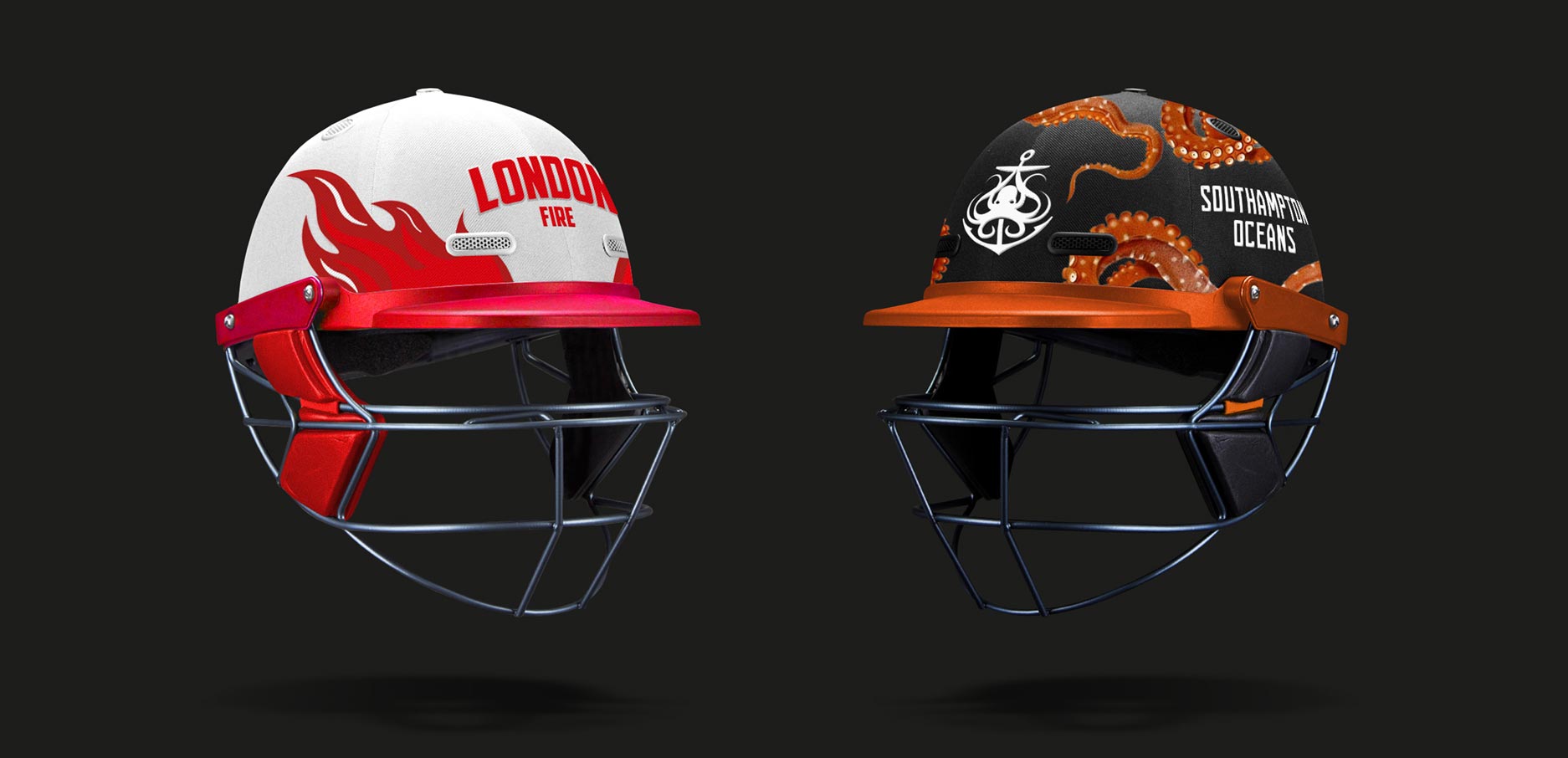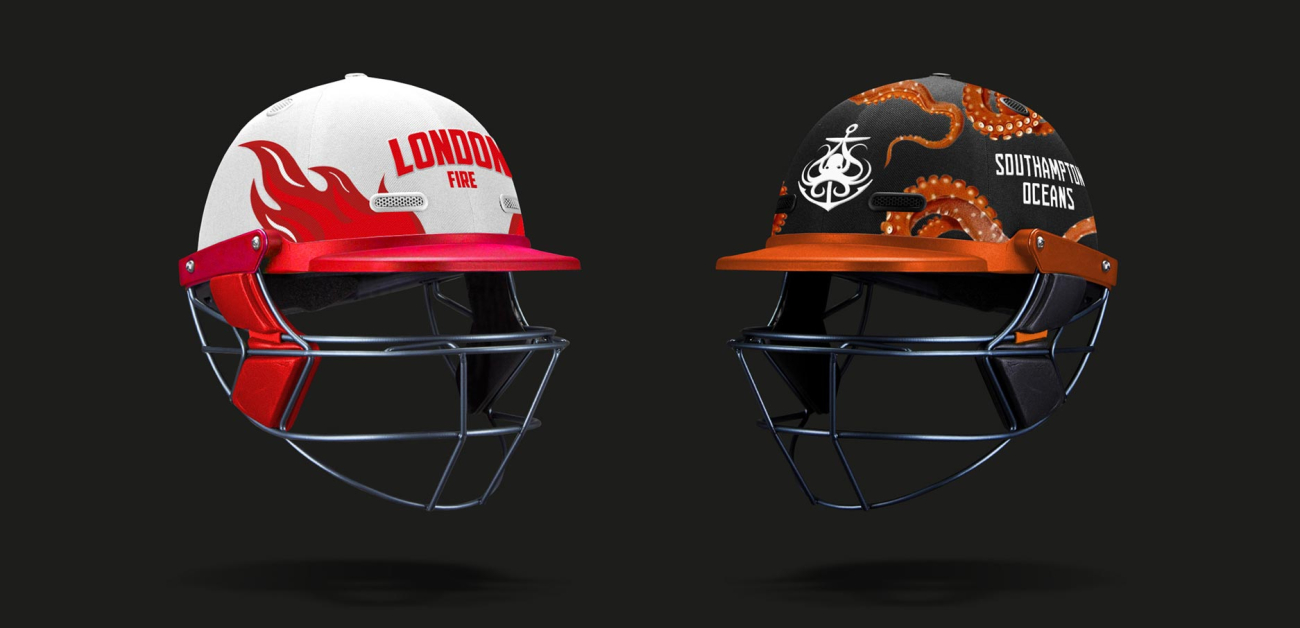We don’t like cricket (we love it)
NB flips conventional cricket logic and considers redesigning a more tribal experience for non-traditional audiences.
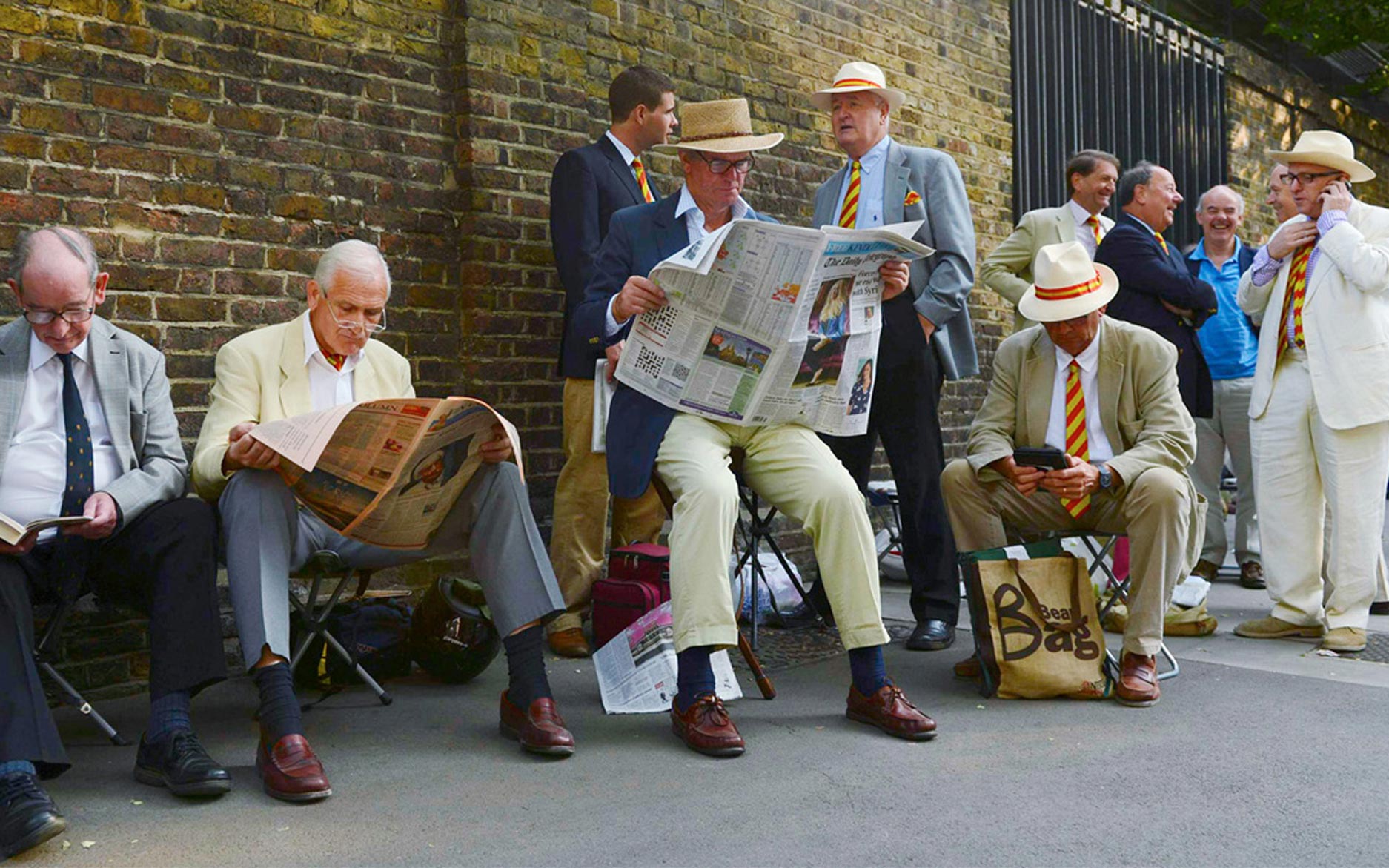

Cricket has an image problem. The game is in slow decline. Not for sporting reasons – the action has never been more exciting – but because of its inability to communicate with anyone outside cricket.
All of that is about to change.
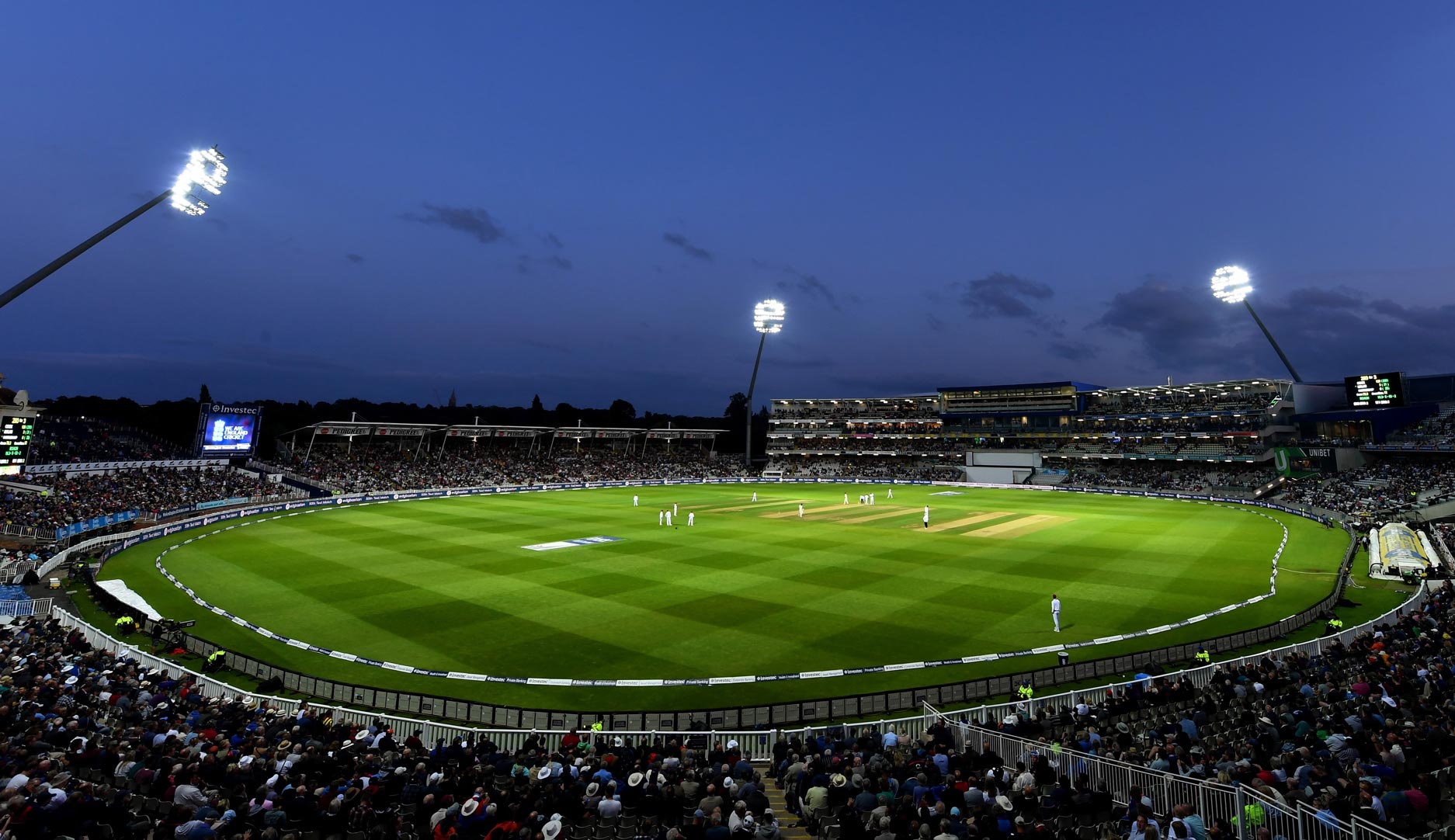
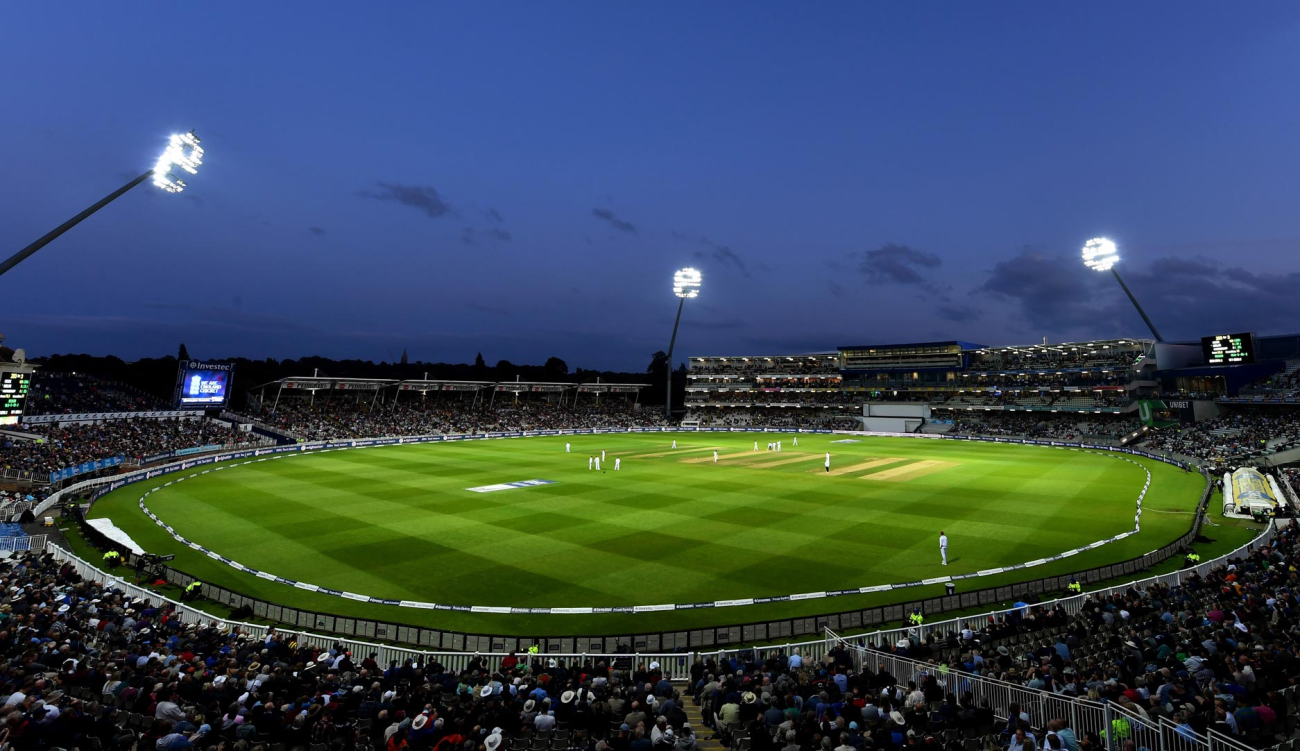
The Twenty20 format has already torn down some of the old barriers. It’s short, fast and noisy – a proper evening out. Yet, the average supporter in this country is still white, male and 48½ years old. With the county game £170m in debt, it needs some new bums on seats.


The England & Wales Cricket Board has proposed a new city-based competition. This is not just about the money. It’s a once-in-a-lifetime chance to inspire participation. We believe design has swashbuckling innings to play.


So, imagine your town gets a brand new team. What would turn you into a supporter? It’s a multi-layered identity question, bringing in the skills of naming, mark-making and kit design.
Every sport is defined by its kit. But somewhere along the line, classic cricket ‘whites’ became novelty coloured pyjamas. Returning to first principles, we could create a modern heraldic system for our city teams. With a few controlled variations in colour and pattern, like jockey’s silks, it’s amazing how much differentiation is possible.
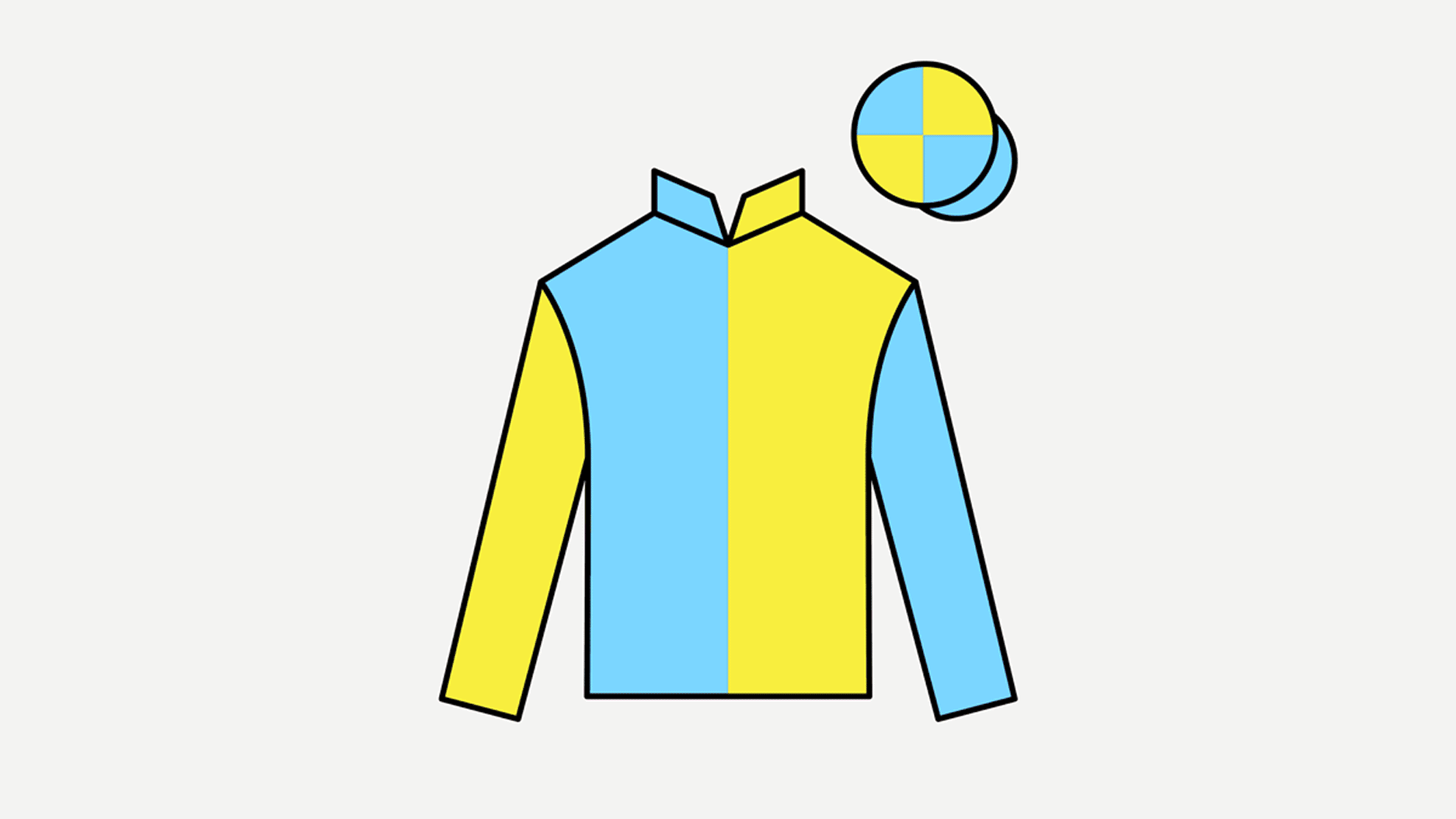
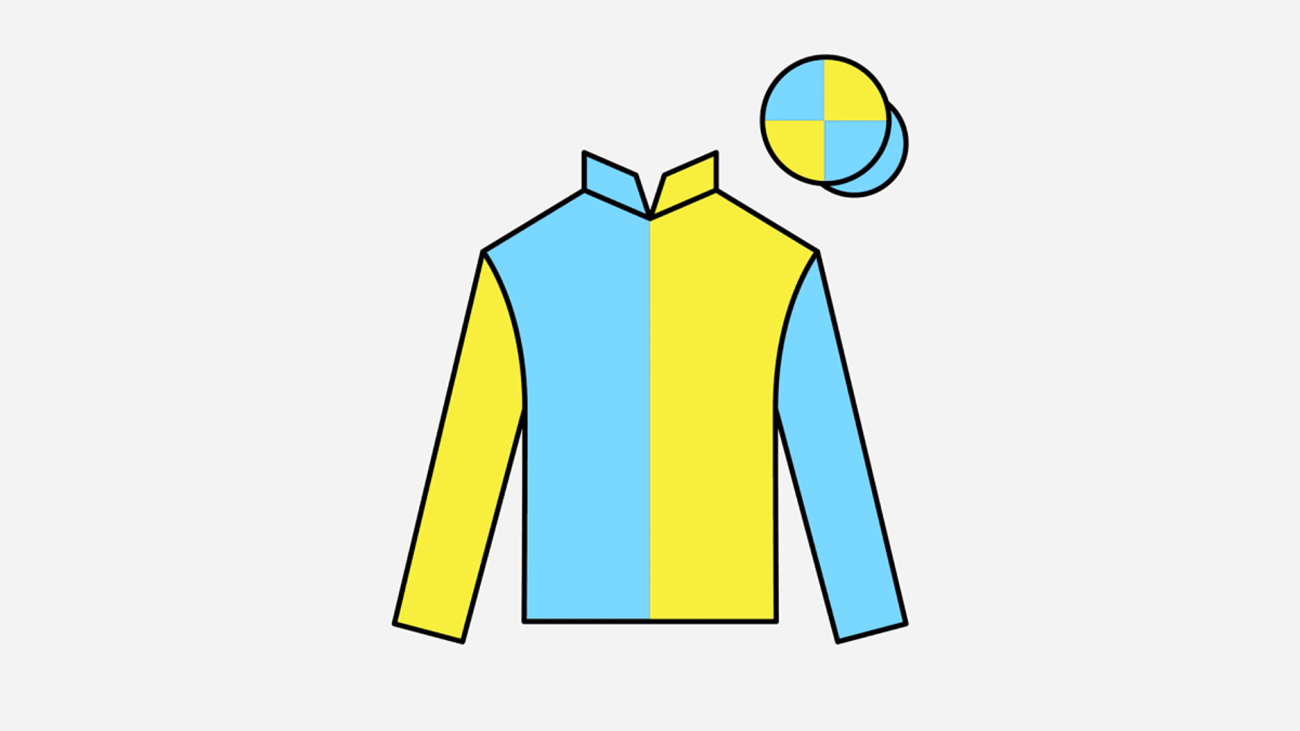
Perhaps we could strip-back the kit for a more athletic look? Let’s drop the long trousers and instead develop bespoke apparel for every playing position, from reptilian gloves for outfielders to aerodynamic body suits for fast bowlers.
Unlike football, which feeds off tribal rivalries that go back generations cricket needs to create allegiances overnight. So, what would make you wear the shirt? Perhaps you’d feel engaged if you got to vote on the badge or the name of your hometown team?
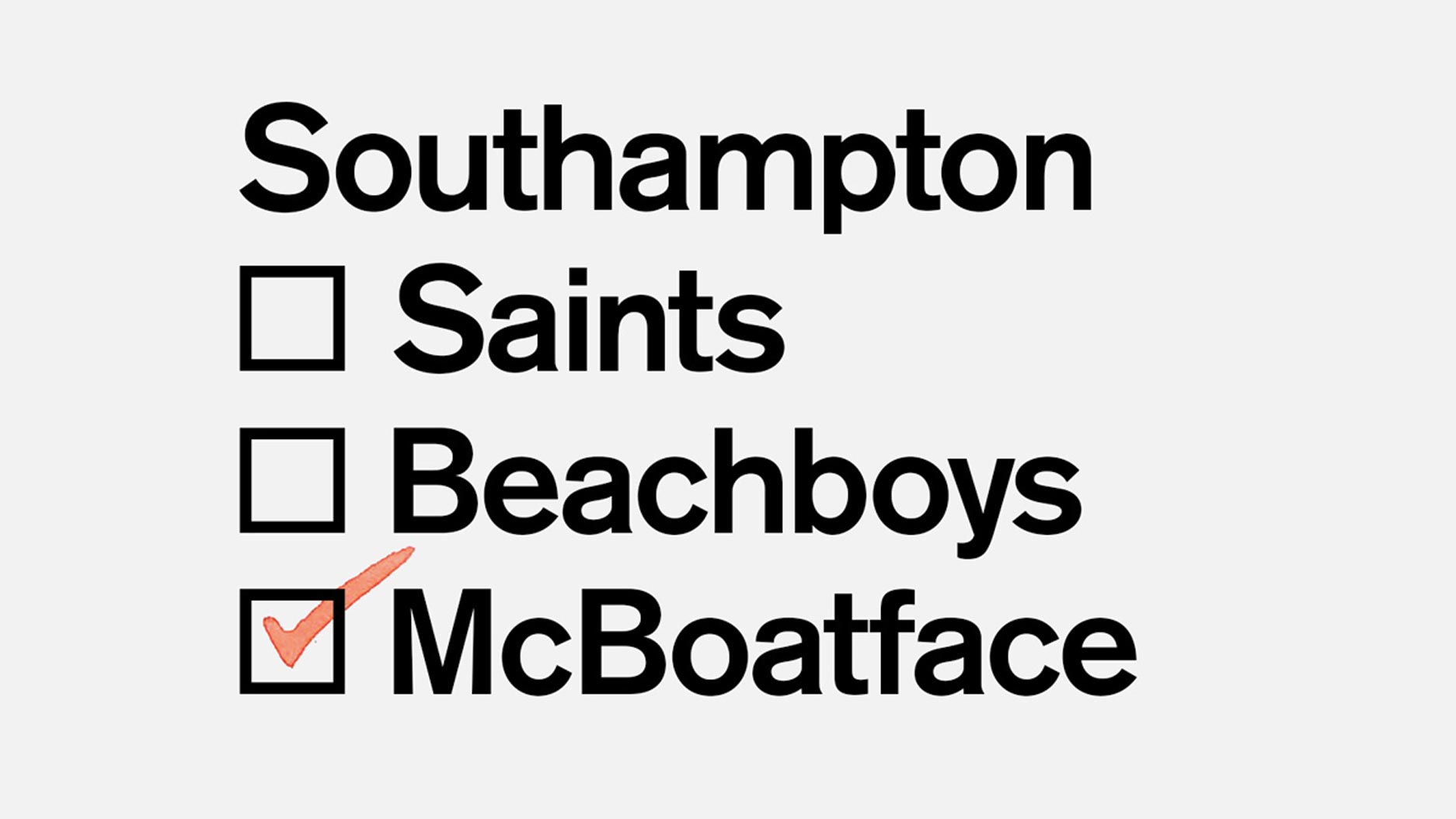
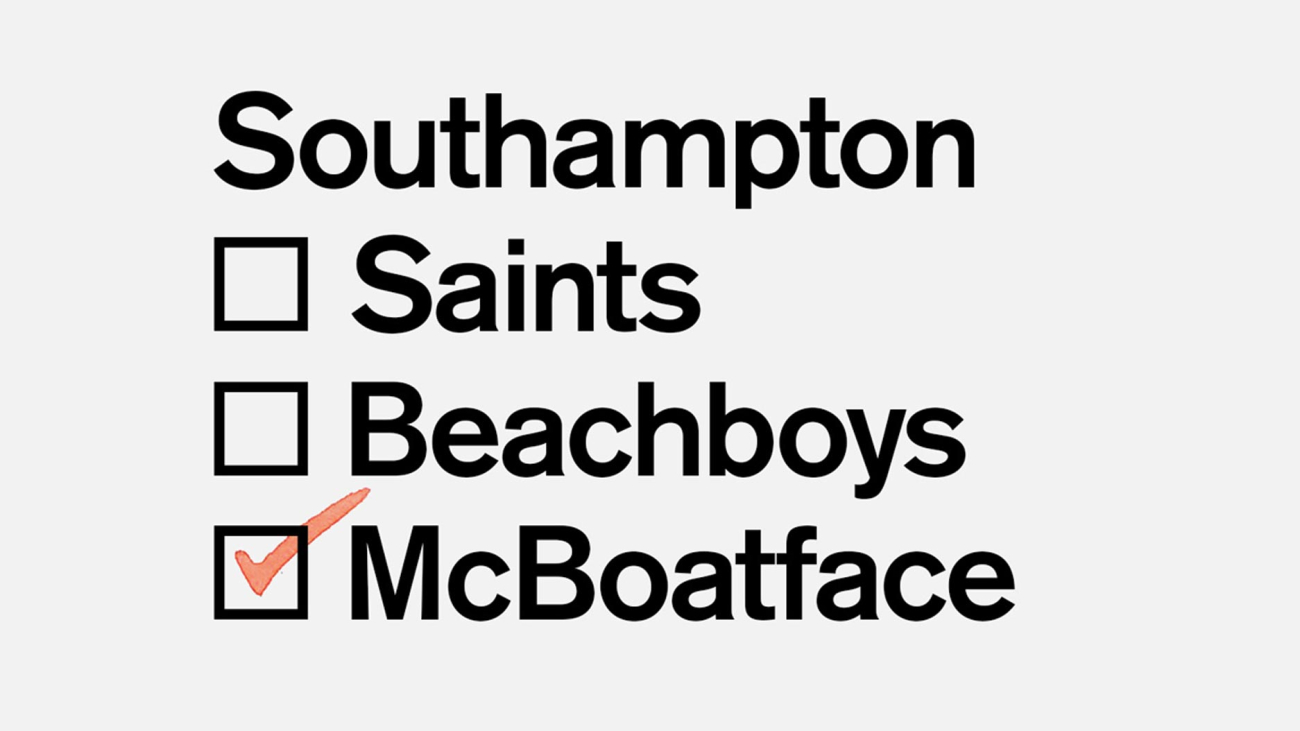


Next obstacle: fill a ground with 25,000 people. It’s a fair assumption that the traditional audience will still turn up to see the world’s best. So, let’s flip conventional logic and start designing the experience for women… or young British Asians… or parents with fidgety children… or tourists. A good way to define our target segment is simply ‘Human Beings’. What would persuade you to go? We want the nation to get caught up in the excitement – like they do during Wimbledon or the Olympics – whether in the ground, on the sofa watching TV or checking the scores on their phone.
Taking a step back, brand strategy can also help overcome the commercial obstacles that face the ECB: from landing the broadcast partner to attracting a title sponsor that leverages the right audience. Hint – young children are more receptive to burgers than financial services.
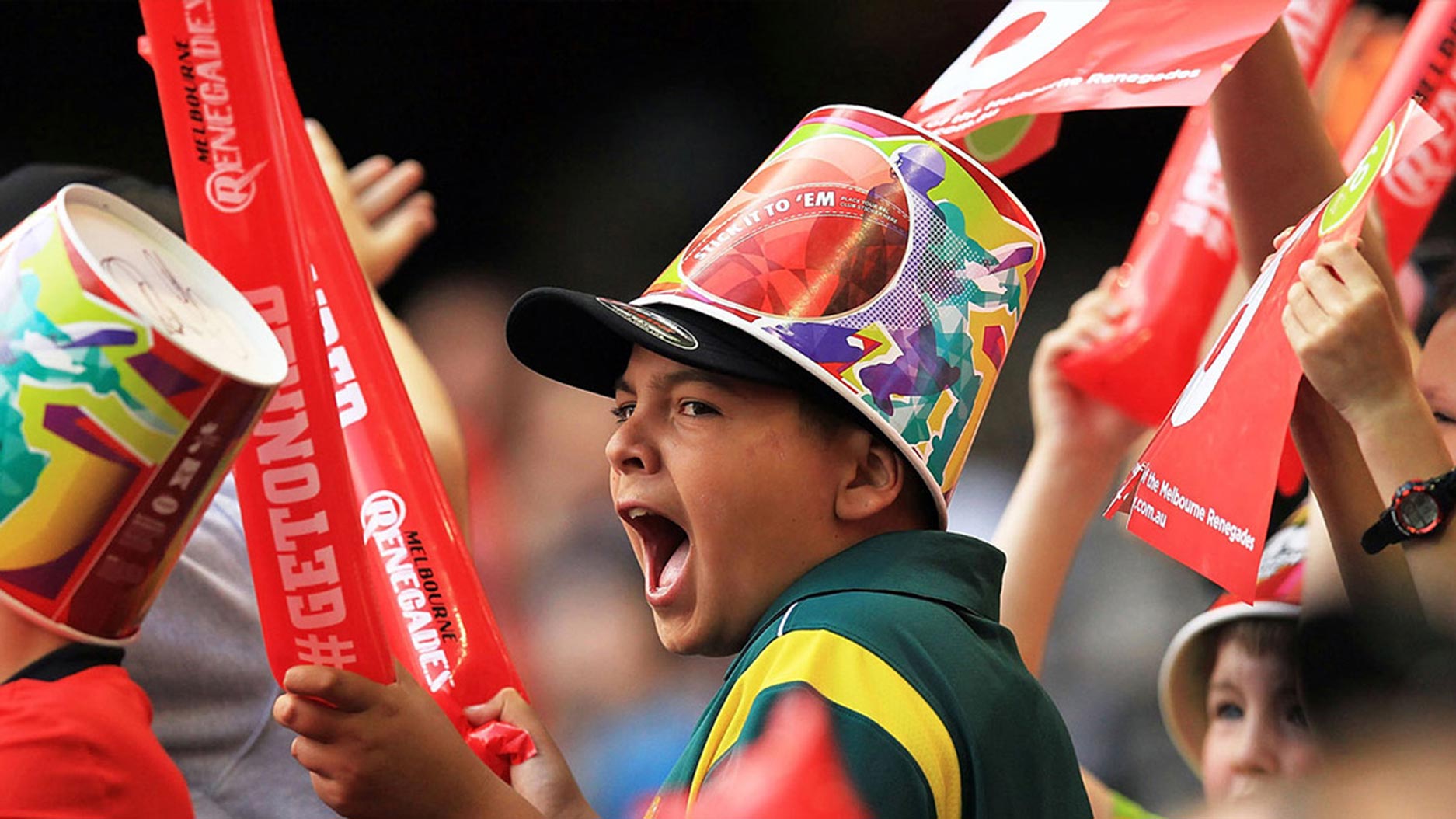
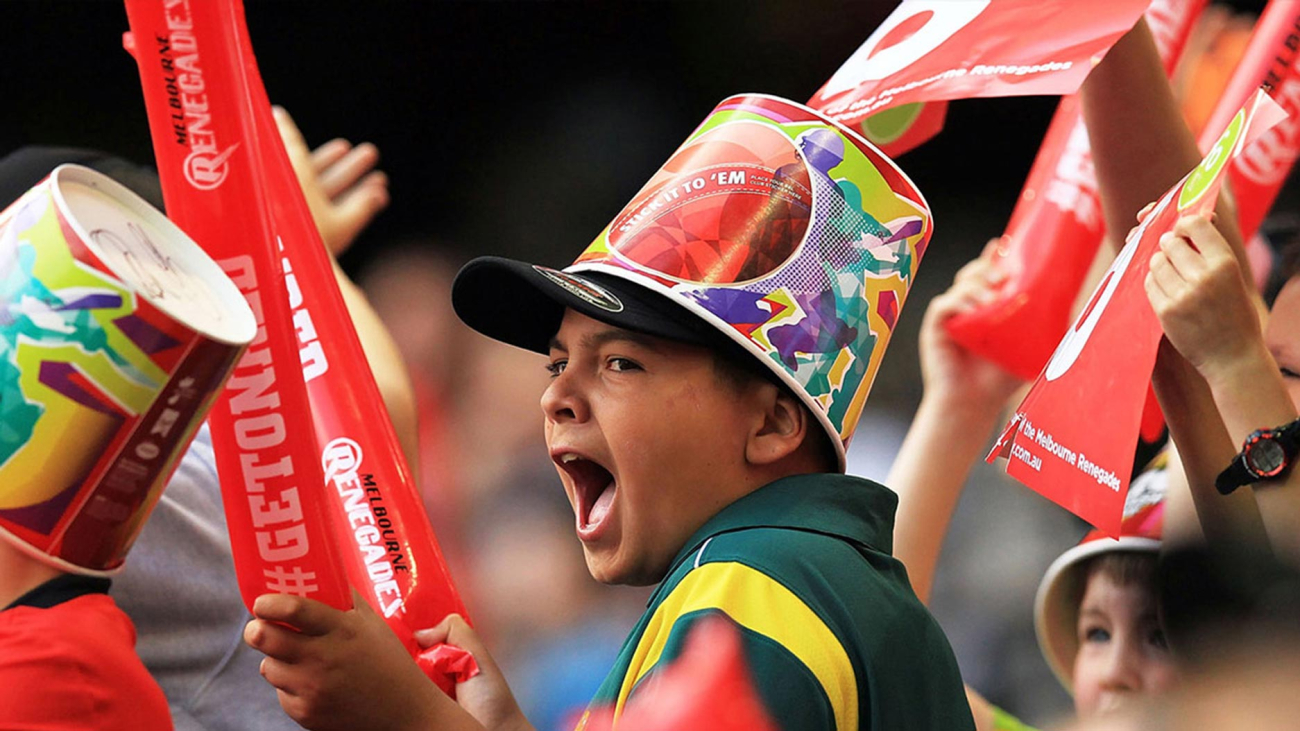
© Unknown photographer
Arguably, the biggest impact that design can achieve is making the whole thing cool. This could mean bowling the odd googly… like turning the player auction into a prime-time game show and introducing a psychic cricket octopus (or duck?) to predict the outcome of games.
Tech may hold the key. Start now by mobilising the science community to develop new wearables, like liquid body armour for openers. While they’re at it, develop a fantasy cricket app so accessible that even an MCC member could use it.


More importantly, how can cricket can push the limits of sports broadcasting? We say, generate a virtual 360-degree environment in people’s living rooms. A VR viewer could transport you into the locker room for the team talk or even out into the middle. Haptic technologies could bring you the physical sensations of the game – like a sharply-rising Stuart Broad delivery to your box region. And why not gamify the action by empowering fans on their mobiles to crowd-fund player transfers?
But there’s an exciting analogue brief here too around magazines, stickers, cards, books, sweepstakes, wall charts and all the ephemera that defines a mass-consciousness sports moment. Why not also run a national junior version of the tournament in parallel that culminates in tomorrow’s stars – our raison d’être – playing in front of a full house? And let’s market a beach version of the game so families can recreate the spectacle at Margate.

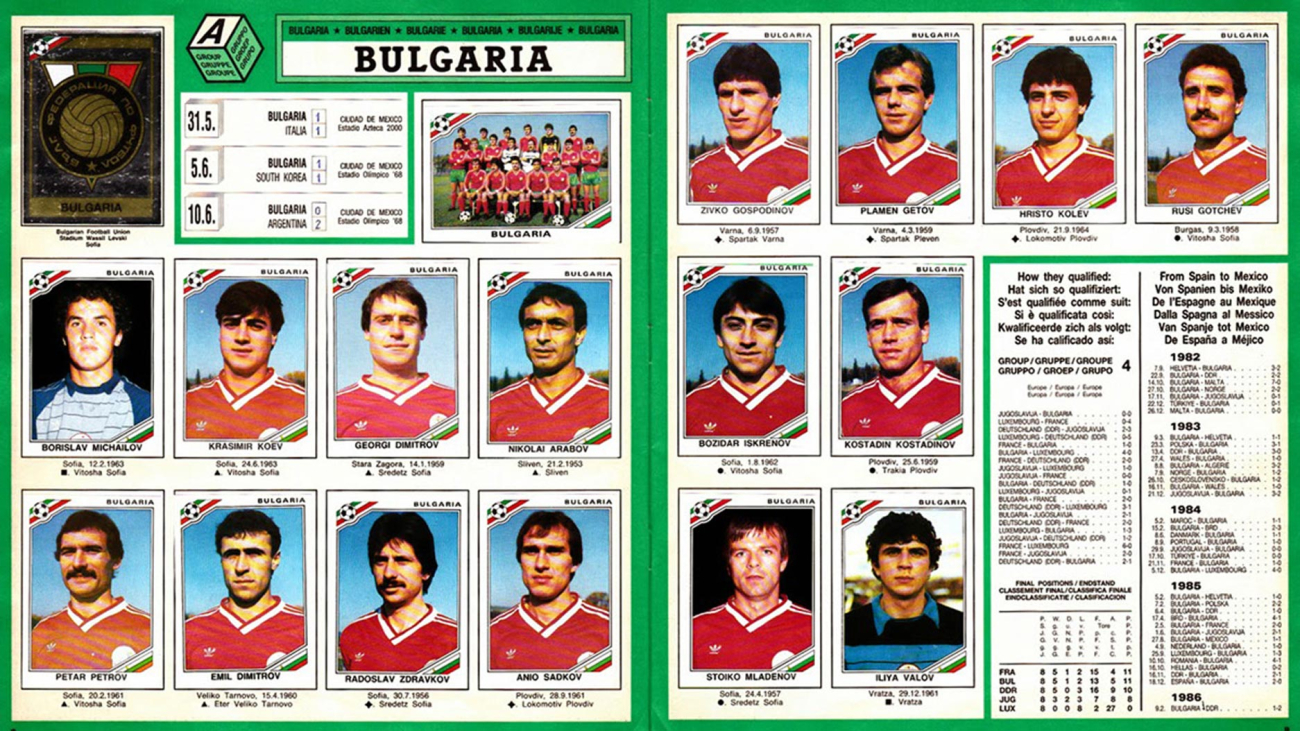
© Unknown photographer, the Bulgarian football team for World Cup 1986 in Mexico
Cut to 2020. It’s July and we’ve got 90,000 London Fire supporters packed into Wembley, wearing VR goggles and snapchatting the warm-up gig by Beyoncé. Suddenly, it starts to pour with rain. Then what? Play on. It’s time to put on our innovation caps and embrace the limitations. It’s just not cricket. It could be much better than that.


